A few years ago, on an 18-hour flight to Kuala Lumpur, I sat in business class next a young woman from New Orleans, Christine, who clasped a bottle of Xanax in her sweaty palm as the plane took off.
Our flight left L.A. at 1:40 a.m. Sleep was out of the question, mostly because Christine talked nonstop, punctuating her monologues on James Spader (big fan) and collecting retro sunglasses (her hobby) with revelations like, “My therapist says if I talk to strangers I’ll feel less anxious and won’t need so much Xanax — am I boring you?”
Sometime after 3 in the morning, an attendant came by and spread white tablecloths on our trays in preparation for “dinner.” She asked Christine and me if we would like a glass of champagne.
My dilemma: Do you start drinking champagne at three in the morning at 30,000 feet at the start of an 18-hour flight? Probably not a good idea. In fact, definitely not a good idea. I was just about to decline the attendant’s offer when Christine put her hand on my wrist and said, “Honey, here’s what I say about champagne: Anytime, anywhere, if someone offers you a glass of champagne, you have to say yes. That’s just all there is to it.” And then she handed my glass to the attendant, who filled it to the top with Veuve Clicquot.
And so, streaking through an inky night toward sunrise in Malaysia, we finished the bottle of Veuve. And I rather enjoyed it. In fact, I enjoyed it immensely. I didn’t even mind it when Christine told me the story of how, before coming on this trip, she’d gone to a Chinese fortuneteller in New Orleans who encouraged her to buy a silver monkey because this was the Year of the Monkey.
“I’m a Red Rabbit myself, but monkeys are supposed to be lucky,” Christine said, showing me the charm, which now hung on a chain around her neck.
“I hate monkeys,” I told her. “They remind me of sullen juveniles, always glaring at you and making rude noises.” I finished off the bubbly. “I say forget about the Year of the Monkey. This is the Year of Champagne. Let’s see if we can get another bottle.”
Christine’s eyebrows arched upward. “Honey, I agree. Let’s get another glass and toast to the Year of Champagne.”
And so I learned an important lesson in life: Anytime, anywhere, if somebody offers you a glass of champagne, you just say yes. You won’t believe how many wonderful things have happened to me because of this canon in what I like to refer to as The Holy Loving Church (there are other equally useful canons that we will reveal as time goes on).
I mention this story because yesterday, after many, many hours in airports and on planes, I finally arrived at my hotel in the south of Sardinia to find a lovely bottle of Torbato spumante chilling in an ice bucket, a gift from the general manager. The only trouble was that it was six in the morning and I hadn’t slept in 36 hours. Nevertheless, the Christine Rule triumphed over common sense; I opened the spumante and sat out on my deck watching the sunrise (by the way, all forms of sparkling wine are covered by the Christine Rule).
I drank about half the bottle of wine and then it really was time to collapse on the bed that was screaming my name. So I went to cork up the wine. But that didn’t come close to working. Sparkling wine corks aren’t meant to go back into the bottles from whence they came (perhaps as an admonition to always finish what you start). I tried some other stoppers. The foil refused to stay on and cellophane tied around the neck with a ribbon seemed pointless; I could hear the little sneaky bubbles escaping. Then I looked at the fruit plate that the GM had also left me and had a brilliant idea: I’d use a banana for a cork. So I peeled the little bugger, jammed it down the neck of the bottle as far as I could, and broke it off.
It worked. Sort of. The spumante was still full of tiny bubbles when I came back to it after a refreshing six hour nap. Though it had given the wine an odd tropical top note. Never mind. I drank it.


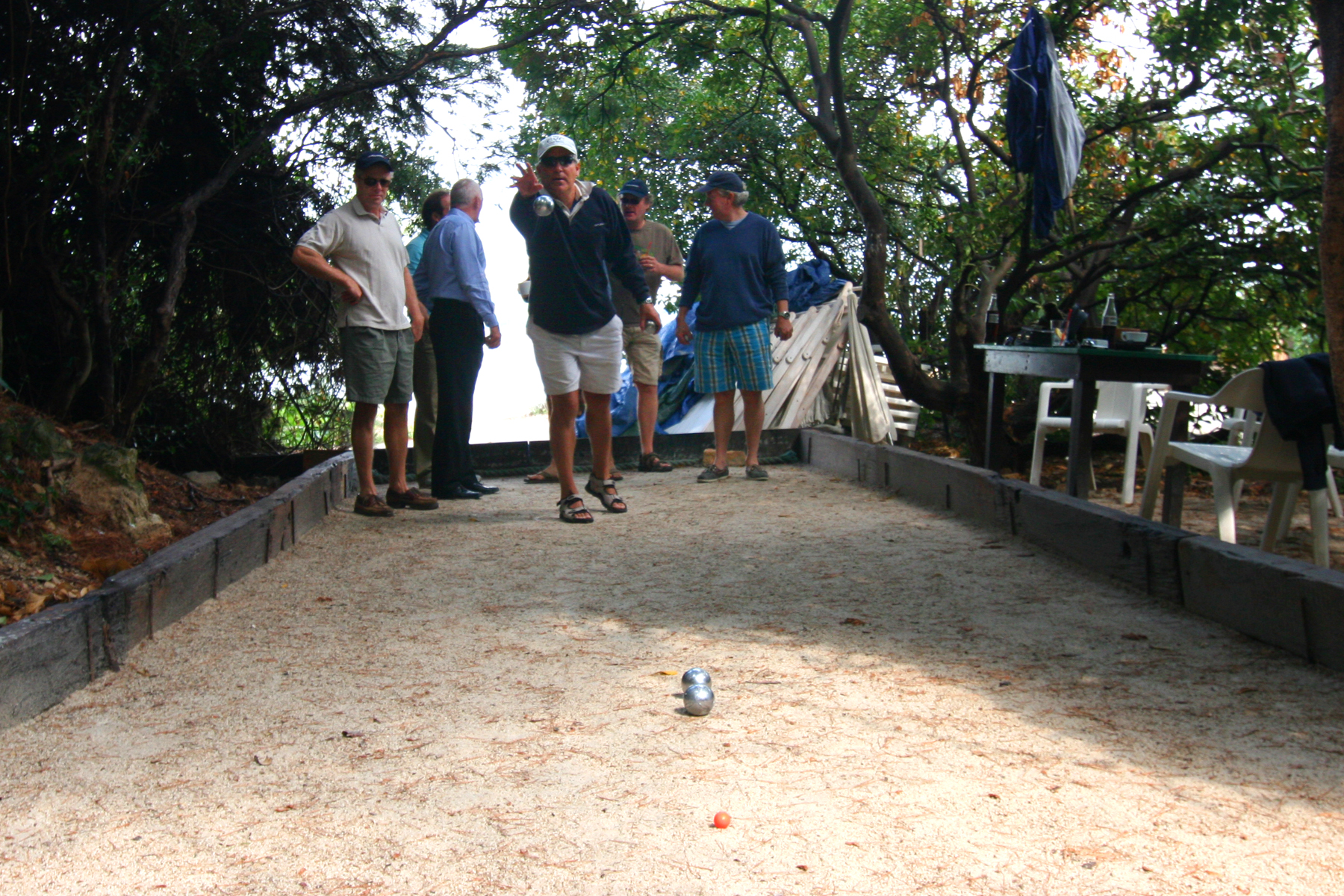
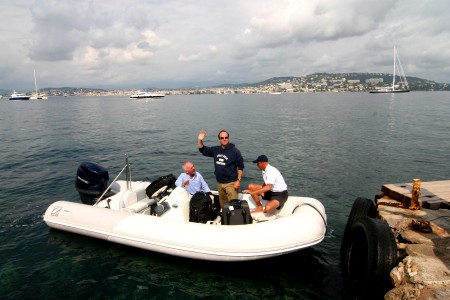
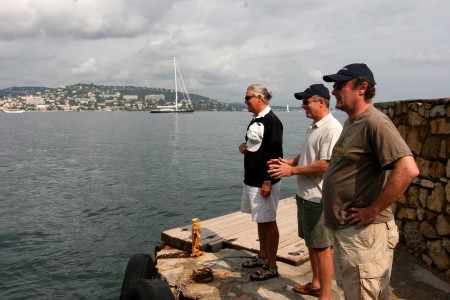


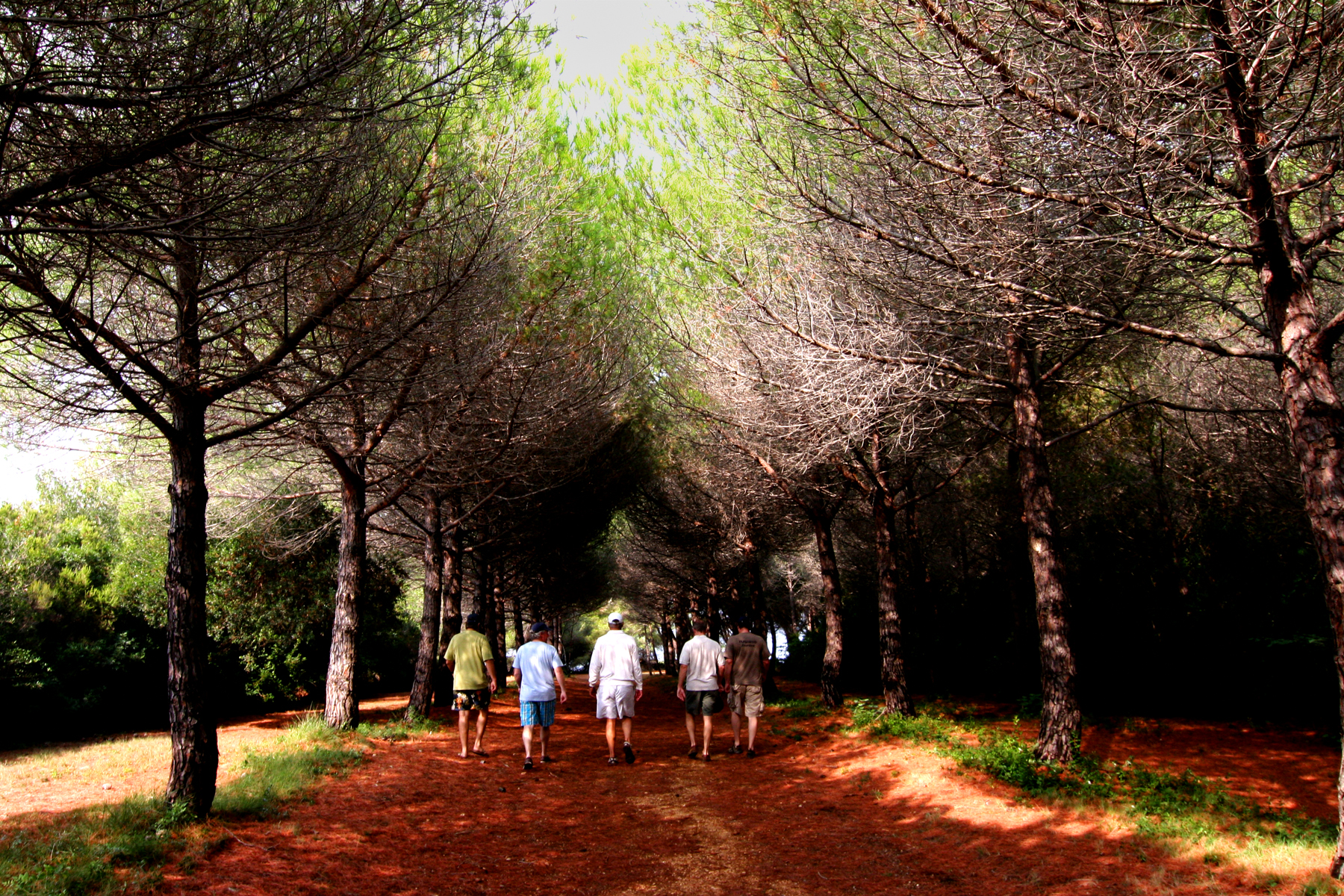
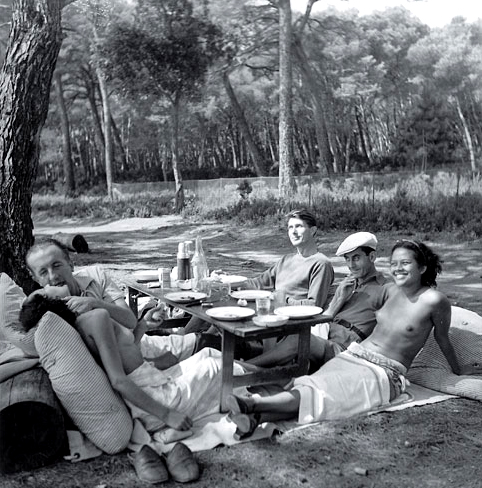
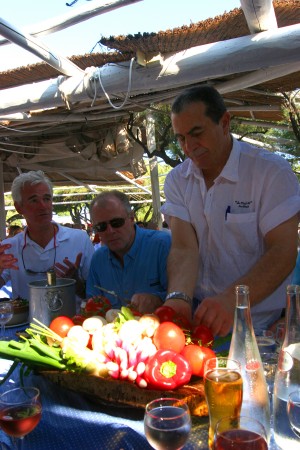
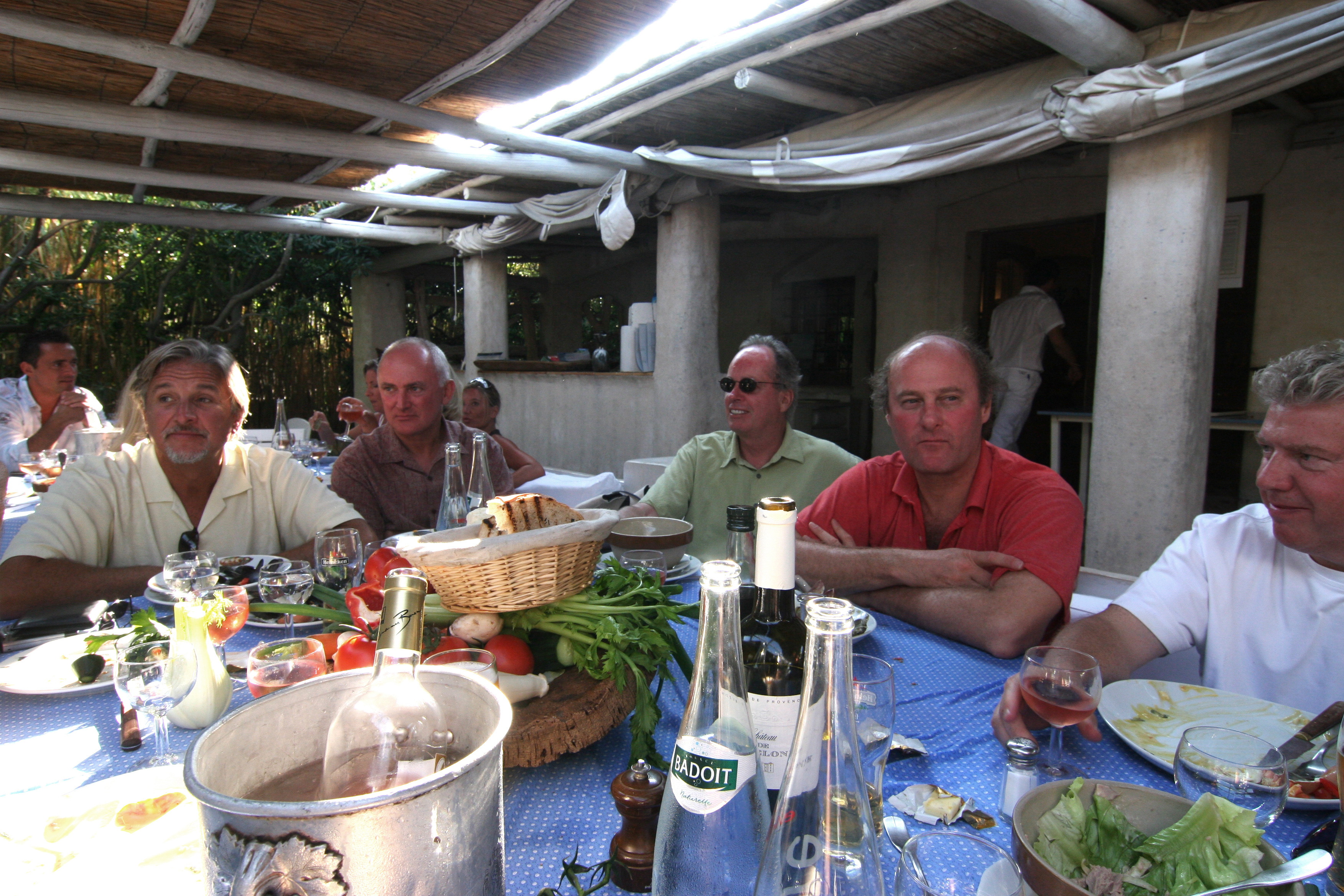
Recent Comments